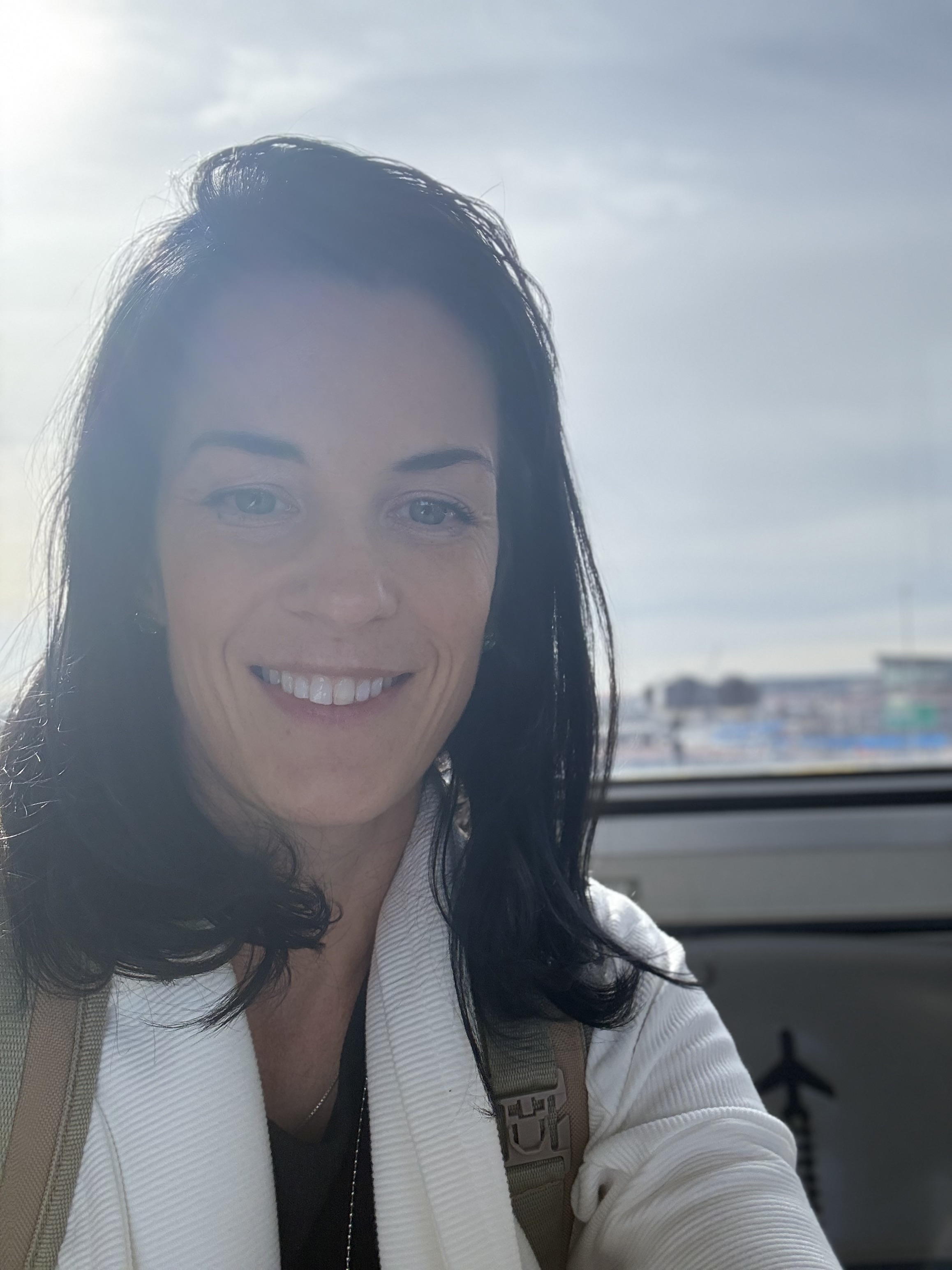Hamas’s Elite Secret: $6.6 Billion Power and Wealth Unmasked in Gaza, West Bank and East Jerusalem
The United Nations is requesting $6.6 billion to aid East Jerusalem, Gaza, and the West Bank. The UN has a history of opaque oversight within the borders of Gaza. To operate in Gaza, organizations must work under the authority of Hamas. International aid organizations seeking to provide assistance are required to cooperate with Hamas directives, making it an inevitable hurdle for any genuine aid effort in the region.
This year, in 2025, a UN Flash Appeal requested $4.07 billion in Western-backed funding to distribute aid to 3 million people in East Jerusalem, the West Bank, and Gaza. In 2024, the UN received and allocated $2.1 million in Gaza alone. Without rigorous, independent oversight, billions in aid risk being diverted from those most in need. Any operation in Gaza, must account for the realities of local power dynamics. History shows that traditional accountability mechanisms are rarely enough.
According to the UN in 2024, 93% of Gaza’s population faced food insecurity, raising critical questions about the remaining 7%. Are they supporters of Hamas—or Hamas itself? Reuters reported in July 2025 that nearly a quarter of Gaza’s 2.1 million residents face famine-like conditions. Gaza has not had an accurate census, so its population is only estimated. One source notes that in 2024 there were approximately 2.3 million people living in Gaza, meaning about 147,000 individuals represent the unaccounted-for 7%. Current estimates place the population between 2.0 and 2.3 million. This implies that few, if any, have died; however, since 2023, the population estimate has declined by 100,000. If accurate, Hamas would be included among the 2.1 million deemed “in need” and “targeted.”
Where Does the Money Actually Go?
Every day, millions of dollars cross borders into Gaza. Whether these funds are intended for “refugees” living under Hamas control, or used as political and security leverage, is far from clear.
Imagine shipments of Qatari cash crossing the border in suitcases, ostensibly intended to “help” Gaza’s people but inevitably passing through the gatekeepers—Hamas. Aid groups face a gauntlet of checkpoints, each imposing a toll before help can reach those in need. Hamas, as the power broker, taxes, diverts, and deprives at will. Aid organizations must negotiate with these authorities to operate in Gaza.
Hamas takes from the wealthy, steals from the poor, and fills its own coffers through a calculated system. They tell the world Gaza’s “refugees” are starving, but is this narrative accurate? Few far-left pro-Palestinian, so-called “dark money” groups openly question Hamas and its intentions. Hamas, an arm of the Muslim Brotherhood, rarely faces scrutiny from major donation platforms. If such scrutiny occurred, it might expose the real motives behind a network that economically thrives on donations fueled by Hamas propaganda, allegedly produced from underground facilities beneath UNRWA locations. This truth remains uncomfortable for many to face.
United Nations Aid Request: Missing Pieces to the Puzzle
The UN’s latest Flash Appeal is a masterclass in opacity. The organization’s bold requests for billions in Western funding raise critical questions when examined per person: Who exactly is being counted? Are Gaza, the West Bank, and East Jerusalem all equally in need, or do the headlines mask crucial exclusions?
The UN Flash Appeal seeks $3.6 billion in U.S. aid for 2.1 million people in Gaza—a headline figure that sounds promising. This amounts to $1,714.29 per person. What’s left unsaid is who is included in this number. Does this figure account for the estimated 7% the World Food Program deems “not starving,” or is the denominator inflated to maximize perceived need? The numbers simply don’t add up.
UNRWA is requesting $1.7 billion for “critical human needs.” Yet UNRWA has troubling ties to Hamas, including documented use of its facilities for underground activities and connections to regional actors
Conclusion: In Search of Real Answers
As Hamas tightens its grip and the UN requests ever-larger sums, the public is left asking: Where does the money go? Who truly benefits, and who remains hungry? The numbers don’t add up, and answers are buried behind bureaucracy and politics. Headlines about relief flooding in obscure a darker reality: gatekeepers, questionable distribution, and unheard voices.
Next week, we’ll dig deeper, focusing on the biggest donors and the complicated oversight meant to keep aid honest. This ongoing inquiry is key to understanding not only the crisis, but also the opaque systems sustaining it.

